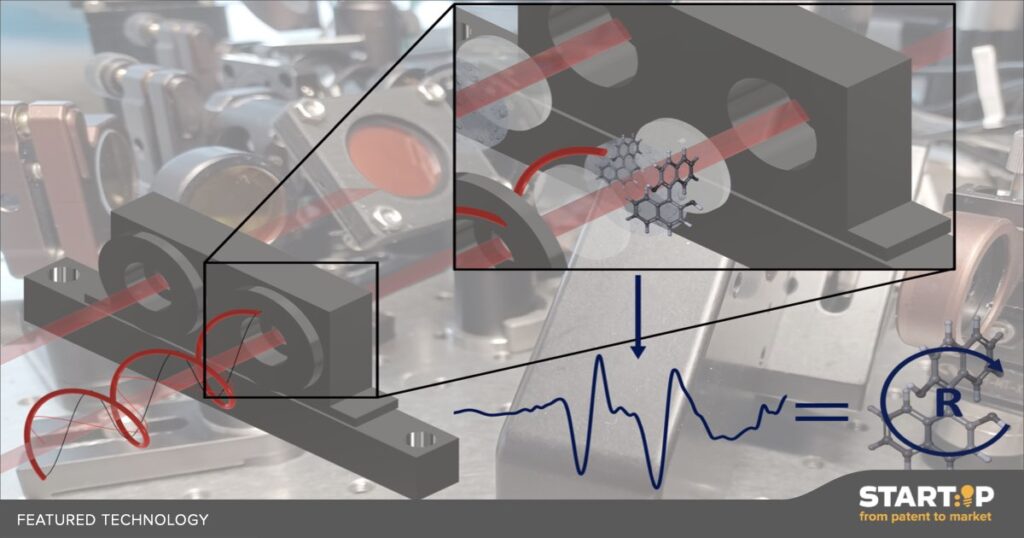The enhanced configuration, utilizing an IR-quantum cascade laser (QCL), profoundly improves both sensitivity and processivity of vibrational circular dichroism (VCD). This technological advancement significantly improves the sample throughput and sensitivity of VCD, enabling ground-breaking chiral monitoring of chemical production processes for the very first time.
START:IP
Technologie Kurzbeschreibung (nur Englisch)
Chiral monitoring of drug production
Chiral monitoring using IR laser-based vibrational circular dichroism
Bookmark1
Nature, including the human body, is chirally selective, making enantiopure drugs indispensable. Recent technological advancements in biomolecule production have led to regulatory pressure to ensure novel drugs are enantiopure and also to the chiral switching of existing racemate drugs. Consequently, there is an increasing demand to accurately assess the optical purity of drug products, with vibrational circular dichroism (VCD) being the preferred method.
However, VCD suffers from a significant drawback, as it typically takes several hours to yield meaningful results, rendering it impractical for real-time monitoring of production processes. An innovative detection scheme using a high-brilliance, polarized light source called a quantum cascade laser (QCL) successfully resolves this limitation. With a well-designed balanced detection setup, this technology effectively reduces noise and boosts processivity, enabling spectra to be obtained in under five minutes.
This ground-breaking technology significantly enhances the sample throughput and sensitivity of vibrational circular dichroism (VCD). It expands the current applications of VCD in chiral analytics to encompass dynamic processes and unstable systems across diverse domains, including research, pharmaceuticals, and chemical production.
This innovative development represents a significant advancement in the field, providing an efficient and effective tool for analyzing and monitoring chiral properties in various contexts.
If you click the button and fill out the form to be „matched“ with a technology, we will introduce you to the scientist / transfer manager of the respective research institution. In this way, you immediately have the chance to receive more detailed information and to start discussions about a possible joint project.




